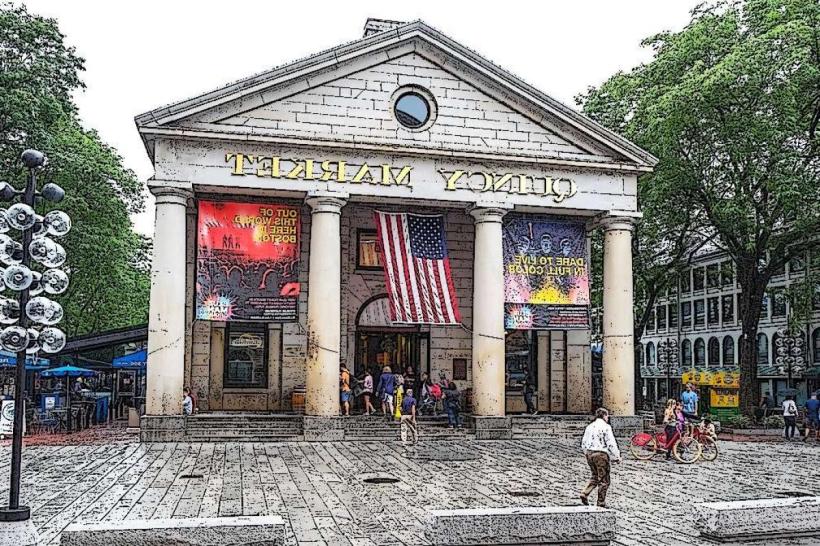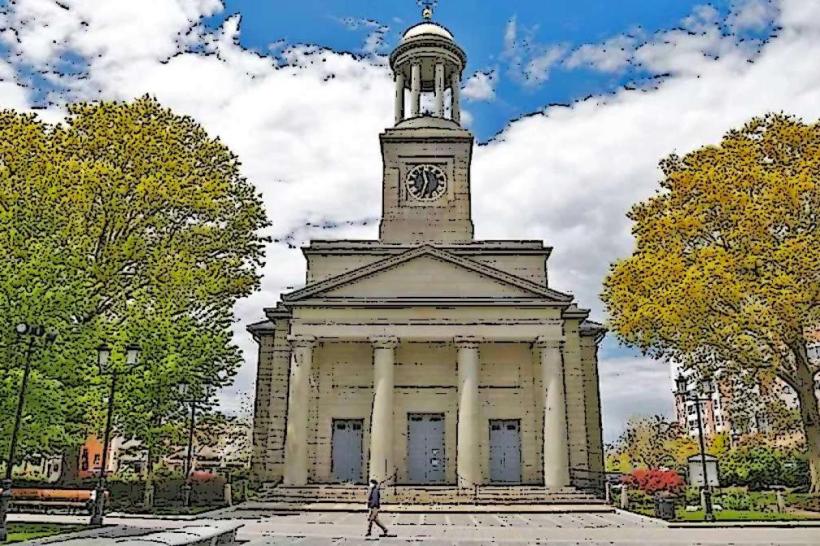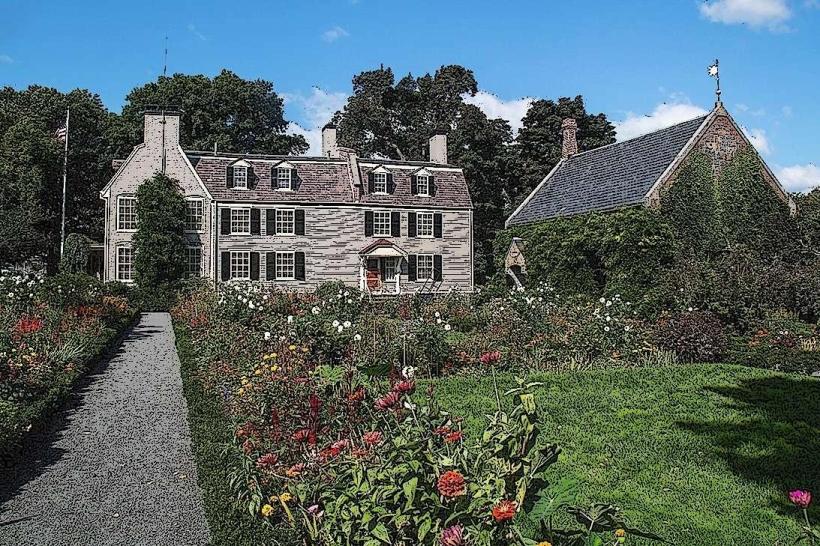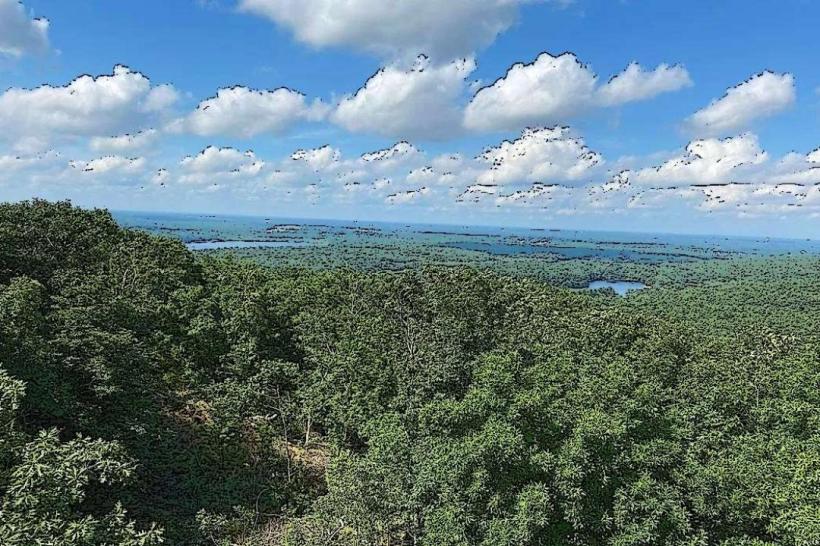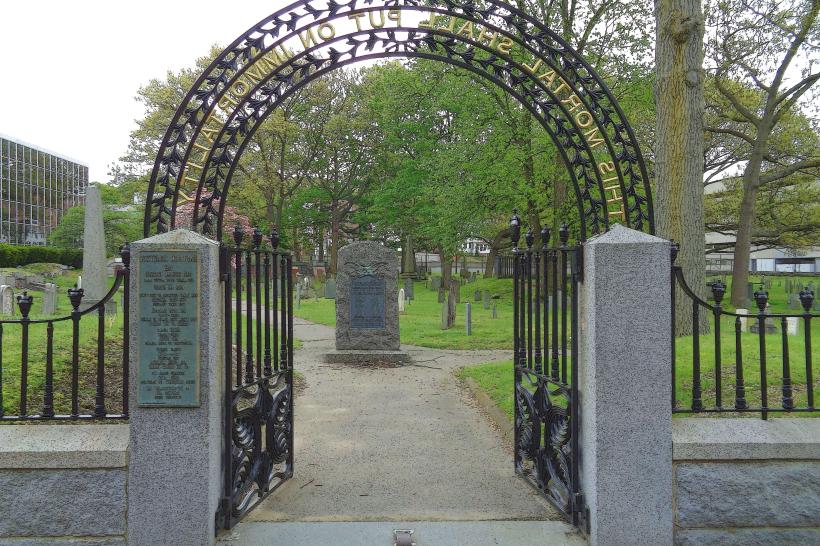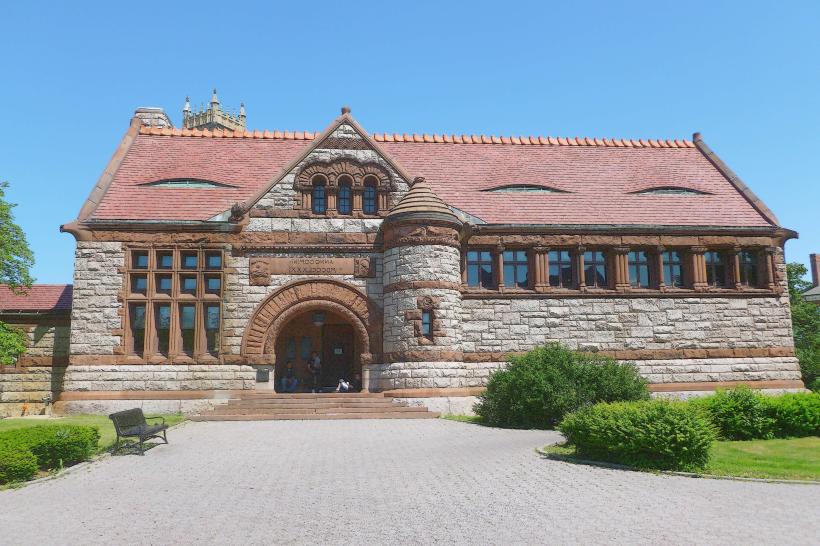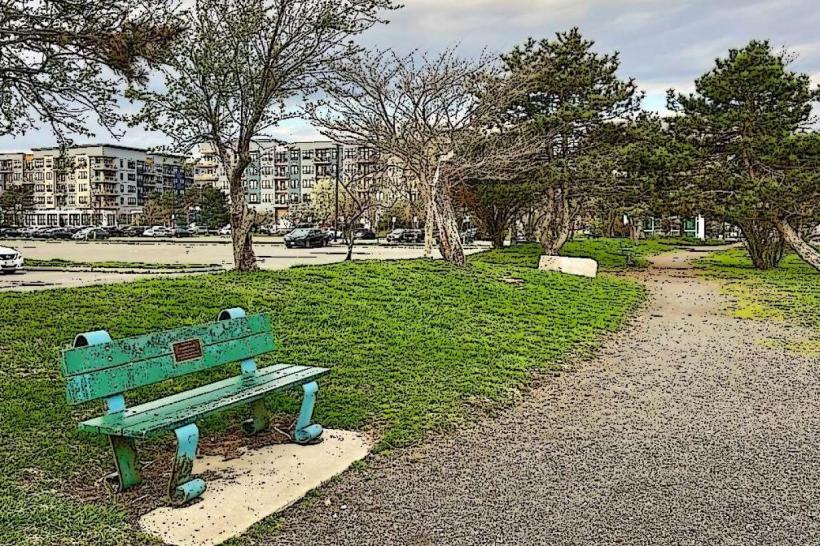Information
Landmark: Quincy Quarries ReservationCity: Quincy MA
Country: USA Massachusetts
Continent: North America
Quincy Quarries Reservation, Quincy MA, USA Massachusetts, North America
Overview
Quincy Quarries Reservation spans 22 acres in Quincy, Massachusetts, where visitors can wander among heritage granite cliffs and enjoy its mix of history and open space, in addition it safeguards what’s left of a bustling granite quarrying district, a spot whose stone once built Boston’s landmarks and fueled industry far past the city’s borders.The Massachusetts Department of Conservation and Recreation now oversees the reservation, where winding trails lead through a striking mix of wild landscapes, rich history, and spots made for adventure, consequently the Quincy Quarries once bustled at the center of Massachusetts’ granite trade, ringing with the clang of chisels for more than a hundred years, from the early 1800s until the mid-1900s when the work finally stopped, moderately Granite from this site was prized for its strength and fine grain, finding its way into landmarks across the country-most famously the Bunker Hill Monument in Charlestown, finished in 1842, to boot quincy granite found its way into bridges, buildings, and monuments across the United States, from sturdy river spans to gleaming stone facades.Quarrying started here around 1825, and just a year later the clatter of the Granite Railway echoed through the valley, moreover among the earliest railroads in the United States, it was built to carry heavy blocks of granite straight from the quarries down to the Neponset River, where ships waited at the dock.The railroad broke recent ground in engineering and became a vital link, carrying fresh-cut granite out of the quarries and fueling the industry’s growth, then all through the 19th and into the early 20th century, the quarries rang with the clink of chisels and the shout of workers.Workers pried huge granite blocks loose with hand tools, blasted them with black powder, and, in later years, hauled them out using rumbling machines, meanwhile in Quincy, the granite industry put hundreds to work, including immigrants whose chisels rang sharp against the stone as they carved with practiced skill.But as concrete and steel caught on, and quarrying stopped making financial sense, the work out at the dusty pit began to wind down, likewise quincy’s final working quarry shut its gates in 1963, leaving the sound of hammers and chisels to fade into memory.If I’m being honest, Over time, the huge quarry pits filled with icy, murky water, turning into risky swimming spots that drew local teens and, all too often, ended in accidents, in conjunction with seeing both the risks and the rich history of the site, the Commonwealth of Massachusetts bought the land in 1985, aiming to restore it and open it to the public-wildflowers and winding trails included.From 1999 to 2003, workers filled the deep quarry pits with about 800,000 tons of soil and rubble hauled out during Boston’s enormous Dig, some of it still dusted with the scent of fresh earth, in turn the land reclamation turned once-menacing, waterlogged quarries into risk-free, open ground where people can amble, picnic, and protect local wildlife, a little The Quincy Quarries Reservation opened to the public in 2003, welcoming visitors with grassy trails winding past weathered granite walls that recall its industrial past, along with rock Climbing: Sheer granite cliffs and weathered quarry ledges offer a mix of routes, from easy scrambles for newcomers to challenging ascents that test seasoned climbers.Climbers still flock to the sheer rock faces-just minutes from downtown-for their easy access and mix of routes, from smooth slabs to jagged edges, simultaneously climbers can tackle classic routes first mapped in the mid-20th century, some marked by weathered pitons that catch the light.Several unmarked paths cut across the reservation, twisting through classical quarry bowls now overgrown with wildflowers, skirting quiet wetlands, dipping into cool woodlands, and climbing over sunlit grassy terraces, moreover these trails link directly to the nearby Blue Hills Reservation, where you can wander farther, following pine-scented paths into a vast network of wild, open spaces.From the high quarry ledges, you can take in sweeping views of the Boston skyline and nearby towns, with the city glowing gold at sunset or standing crisp against a clear blue sky, as a result graffiti artists transform the quarry’s rough stone walls into a shifting canvas, splashing color and bold lines that turn parts of the reservation into a sprawling open-air gallery.Though it’s not officially sanctioned, the artwork has grown into a defining part of the site, splashing it with color and energy, besides picnic areas offer wide green lawns and shaded nooks where visitors can stretch out, share a meal, or watch the breeze ripple through nearby trees in the middle of the city’s edge.The reclamation brought much of the natural habitat back to life, with mixed stands of hardwood and pine, wetlands alive with frogs and herons, and minute ponds that feed local watersheds like Furnace Brook, therefore habitat corridors now connect to the Blue Hills Reservation, a vital link for regional biodiversity.The park asks visitors to tread lightly, following Leave No Trace to safeguard fragile ecosystems and keep the trails clean and protected, meanwhile you can reach the reservation from Ricciuti Drive, just off Route 93 in Quincy, and there’s parking right on site, beside the trailhead, maybe MBTA buses run from Quincy Quarries straight to Quincy Center station on the Red Line, making it easy for anyone without a car to get around, and we’re open every day from dawn until dusk, and you can saunter right in without paying a cent, to some extent Rules and Safety: For your safety, swimming or cliff diving isn’t allowed-the rocks below are sharp and unforgiving, also please stick to the marked trails and follow the signs, even if it’s just a faded wooden arrow pointing through the pines, to some extent There aren’t any official guided tours, but now and then groups like the Appalachian Mountain Club host climbing clinics or environmental clean‑up days-sometimes you’ll spot volunteers hauling ropes and gear up the trail, as well as the Quincy Quarries Reservation stands as a striking reminder of the city’s granite quarrying past, a cornerstone of Massachusetts’ industrial revolution, where chisel marks still scar the sun-warmed stone.Visitors get a rare chance to wander through a post‑industrial landscape, where wildflowers push through cracked concrete and human care has brought life back, consequently outdoor lovers can chase the rush of rock climbing, wander rugged trails, and then pause to breathe in the still air of untouched woods.Locals and history buffs can pause to consider the site’s story-its long hours of labor, feats of engineering, and sweeping changes, like the clang of steel against stone, then just minutes from Boston’s heart, Quincy Quarries mixes wild green growth, bold splashes of street art, and the weathered bones of aged industry into a locale that feels layered and unforgettable.Quincy Quarries Reservation tells a vivid story of American industrial ingenuity, land restored to green slopes, and neighbors gathering to climb sun-warmed granite, alternatively it keeps alive the story of Quincy granite-once a cornerstone of America’s architectural character-while inviting hikers to wander sunlit trails and protecting the land’s wild beauty.Here, you can amble forest trails, stand atop wind-swept granite cliffs, and take in sweeping views, all in a spot once industrial but now transformed into a beloved public haven.
Author: Tourist Landmarks
Date: 2025-10-06

